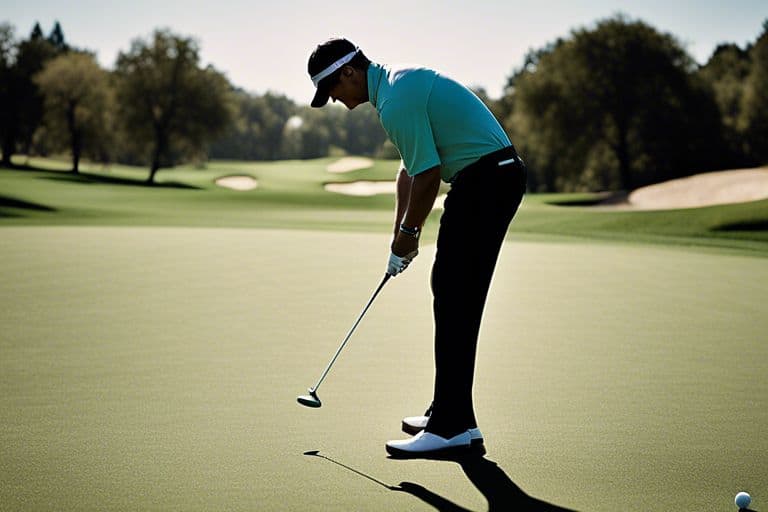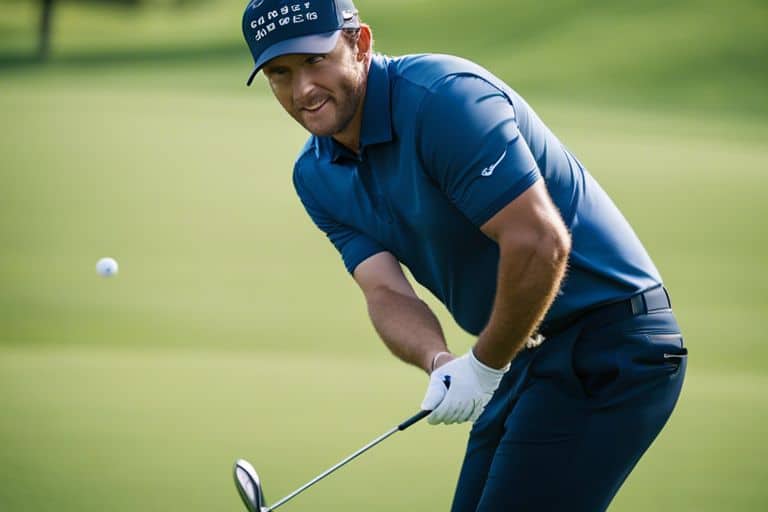How do you hit a flop shot in golf?
Indubitably, hitting a flop shot in golf requires a high level of skill and precision. It is a shot that can be incredibly useful in certain situations, but it also carries a high risk of failure if not executed properly. It requires a very open club face and a steep angle of attack to get the ball up quickly and land softly on the green. In this blog post, I will share with you the key techniques and tips to successfully execute a flop shot in golf, allowing you to improve your short game and score lower on the course.
Fundamentals of the Flop Shot Technique
To successfully execute a flop shot in golf, it is essential to understand the key fundamentals of the technique. From stance and posture to club selection and loft, there are several factors that play a crucial role in hitting a successful flop shot. In this chapter, I will guide you through the fundamentals of the flop shot technique, helping you understand the key components that will enable you to master this challenging but rewarding shot.
Stance and Posture for Effective Flop Shots
When it comes to hitting a successful flop shot, your stance and posture play a critical role in achieving the desired result. To set up for an effective flop shot, position your feet slightly wider than shoulder-width apart and open your stance to the target.
Place more weight on your front foot and lean the shaft of the club away from the target at address. This will help you create the necessary angle and loft for the shot. Additionally, ensure that your stance is relaxed and comfortable to allow for a smooth swing through the ball.
Club Selection and Loft for Maximum Height
Choosing the right club and loft is essential for generating the maximum height required for a successful flop shot. Select a club with a higher degree of loft, such as a lob wedge or sand wedge, to achieve the necessary elevation.
The loft of the club will enable the ball to get up quickly and steeply, giving you the height needed to clear obstacles and land softly on the green. When executing a flop shot, it’s important to commit to the shot and have the confidence in the club selection to achieve the desired result.
Swing Mechanics for the Flop Shot
Some of the most important elements of hitting a successful flop shot in golf come down to the mechanics of your swing. Mastering the swing mechanics for the flop shot can help you achieve the necessary height and soft landing required for this challenging shot. By understanding the key components of the swing, you can improve your ability to execute the flop shot effectively.
Backswing Considerations for a High Trajectory
When setting up for a flop shot, it’s crucial to make adjustments to your backswing in order to achieve the necessary height and trajectory. For a high trajectory, I recommend opening the clubface slightly and taking a steeper backswing. By doing so, you can create the necessary angle to launch the ball high into the air. Additionally, be sure to maintain a light grip pressure to promote a smooth, fluid motion and prevent excessive tension in your arms.
Impact and Follow-through for Soft Landings
One of the critical aspects of hitting a successful flop shot is getting the right impact and follow-through. To achieve a soft landing, focus on striking the ball cleanly with the clubface slightly open. This will help impart backspin, allowing the ball to stop quickly upon landing. Additionally, maintaining a smooth and controlled follow-through is essential for a soft landing. Keep your body and hands moving together in unison, and avoid any abrupt stops or jerky movements that can negatively impact the shot.

Course Management and Strategy
Your course management and strategy play a key role in determining when to use a flop shot in golf. Understanding the layout of the hole and the specific challenges it presents is crucial to making the right decisions on the course.
Identifying Situations for a Flop Shot
When facing a situation where the ball is nestled down in deep rough just off the edge of the green, a flop shot can be a valuable tool. The high, soft landing of a properly executed flop shot can help you clear the rough and stop the ball quickly on the green. It is important to carefully assess the lie of the ball and the distance to the pin before attempting a flop shot in these situations.

Managing Risks and Rewards with Flop Shots
While the flop shot can be a highly effective shot around the green, it also comes with its own set of risks. The steep angle of the shot and the need to generate significant spin make it a more challenging shot to execute successfully.
However, the reward of landing the ball close to the pin and potentially saving par or even making a birdie can outweigh the risks if approached with the right technique and mindset. It is important to consider the potential consequences of a mishit, such as leaving the ball in an even more difficult position, and weigh them against the potential benefits of a well-executed flop shot.
Advanced Tips and Common Mistakes
After you’ve mastered the basics of hitting a flop shot in golf, you can start to fine-tune your technique and avoid common errors that can throw off your shot. Here are some advanced tips and common mistakes to be aware of:
- Advanced Tips:
| Tips: | Common Mistakes: |
| 1. Utilize a shallow angle of attack to promote a high, soft landing | 1. Using too steep of an angle of attack, resulting in thin shots or chunked shots |
| 2. Open the clubface to increase loft and spin for better control | 2. Over-rotating the clubface, leading to inconsistent contact with the ball |
| 3. Maintain a smooth tempo and rhythm in your swing to generate the necessary clubhead speed | 3. Rushing the swing and decelerating through impact, causing mishits |
Fine-Tuning Your Flop Shot in Different Lies
When it comes to hitting a flop shot in golf, fine-tuning your technique to adapt to different lies on the course is crucial. Whether you’re faced with a tight lie, fluffy rough, or a downhill slope, the way you approach each shot can greatly impact your success. By adjusting your setup and swing to accommodate these variations, you can improve your ability to execute a successful flop shot in any situation.
Avoiding Common Errors When Performing a Flop Shot
While the flop shot can be a valuable weapon in a golfer’s arsenal, it also presents the potential for common errors that can derail your efforts. It’s important to be mindful of these pitfalls and work to avoid them through focused practice and attention to detail. By staying aware of the most frequent mistakes, such as using too much wrist action or failing to commit to the shot, you can take proactive steps to minimize their impact on your game.

Conclusion
Taking this into account, mastering the flop shot in golf requires practice, precision, and confidence. By utilizing proper technique, maintaining a relaxed grip, and committing to the shot, you can successfully execute a high, soft, and accurate flop shot. With dedication and perseverance, incorporating the flop shot into your golf game can help elevate your performance and provide another valuable tool in your arsenal on the course.






